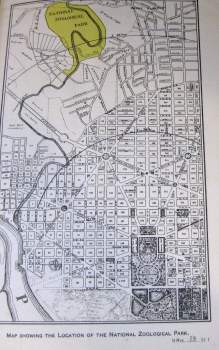







Further Exploration
- Chronology of the Anacostia Community Museum
- Bibliography of the Anacostia Community Museum
- Historic Images of the Anacostia Community Museum
Related Collections
- Anacostia Community Museum Records from the Smithsonian Institution Archives
- Historic Picture Highlights of the Anacostia Community Museum
- Additional Records and Collections of the Anacostia Community Museum from across the Smithsonian
Other Resources
Nid: 6346


